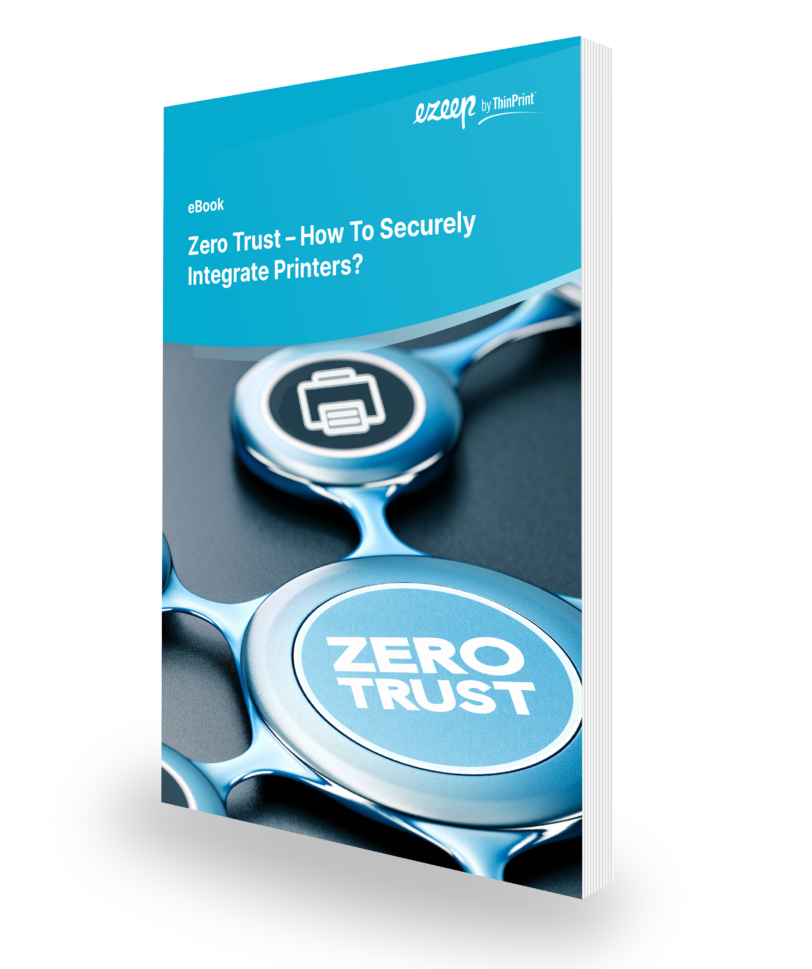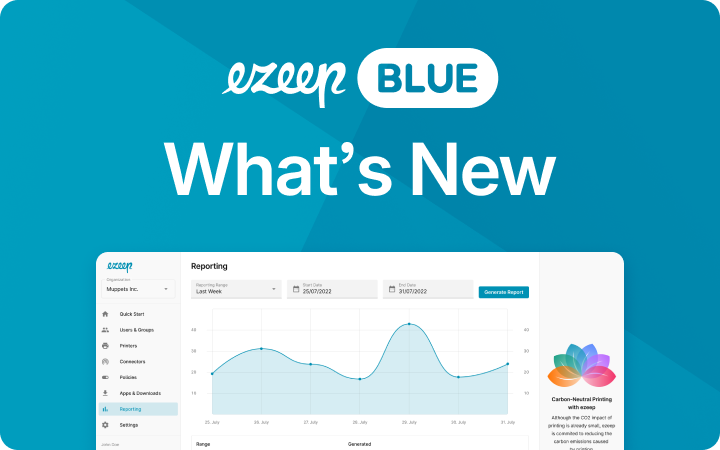PII Printing – Safely Print Documents with Personally Identifiable Information

Printing still belongs to one of those key processes in organizations which has to handle PII – Personally Identifiable Information, or PHI – Personal Health Information.
The penalties for mismanagement of PHI and PII data while printing can be severe. In Europe, where organizations are legally required to protect personally identifiable information data in accordance with the General Data Protection Regulation (GDPR), companies have been fined millions of Euros. And over the last few years print infrastructure has proven itself to be vulnerable to outside attacks time and time again (e.g. Print Nightmare, Log4J).
So what options are there to prevent PII or PHI from being lost during printing, either on site or via an outside breach?
PII Printing – 4 Tips to Minimize Risk
When print jobs frequently contain personally identifiable information or personal health information, consider leveraging a third party, cloud-based printing solution to help minimize risk. Some, like ezeep Blue, also offer a free plan to easily deliver an initial proof of concept.
Decommission Vulnerable Print Servers
As the complexity of the print infrastructure increases, so does the demand to gatekeep PII. Print Nightmare is just one example of how print servers are susceptible, which is why reducing the number of them in an organization offers many benefits, not just in terms of costs.
Protect Print Jobs with Personally Identifiable Information via Pull Printing
Print jobs are often forgotten at the printer tray, and when these contain PII, they can easily fall into the wrong person’s hands. Furthermore, in many healthcare organizations printers are stationed in open spaces. Pull printing ensures that print jobs are not left out in the open by ensuring that the printing process is only triggered when the user is at the printer.
Encryption
When printing PII, the print jobs should be encrypted to protect the data from man-in-the-middle attacks. It is the last line of defense in terms of protection, and in order to comply with international data protection laws like GDPR, organizations are required to encrypt PII data. A cloud-based print management solution can help to implement this.
Don’t Rule Out Public Clouds
Minimizing the risk posed by printing PII does not mean ensuring that all data must remain on site. Risk is involved in this strategy too, as the company is solely responsible should there be an internal or external breach. Consider print management solutions which use public servers and follow stringent data protection guidelines, like those in Europe which must comply with the GDPR.
Choose ezeep Blue to More Secure PHI and PII Printing
ezeep Blue has been helping companies around the world minimize the risk of data loss when printing personally identifiable information or personal health information. Our solution ensures:
- Print jobs are TLS encrypted during transmission
- Print servers can be completely or partially replaced by the ezeep Hub
- Confidential PII / PHI is not left unattended at the printer via pull printing
- Use of secure servers hosted by Microsoft in Ireland
Want to try out ezeep Blue in your Print Environment?
Create a free ezeep account and leverage the power of the cloud today.

Free Whitepaper on Secure Printing
This E-Book (PDF) helps you to improve security in your print environment and discusses the advantages of the Zero Trust security model with ezeep.
